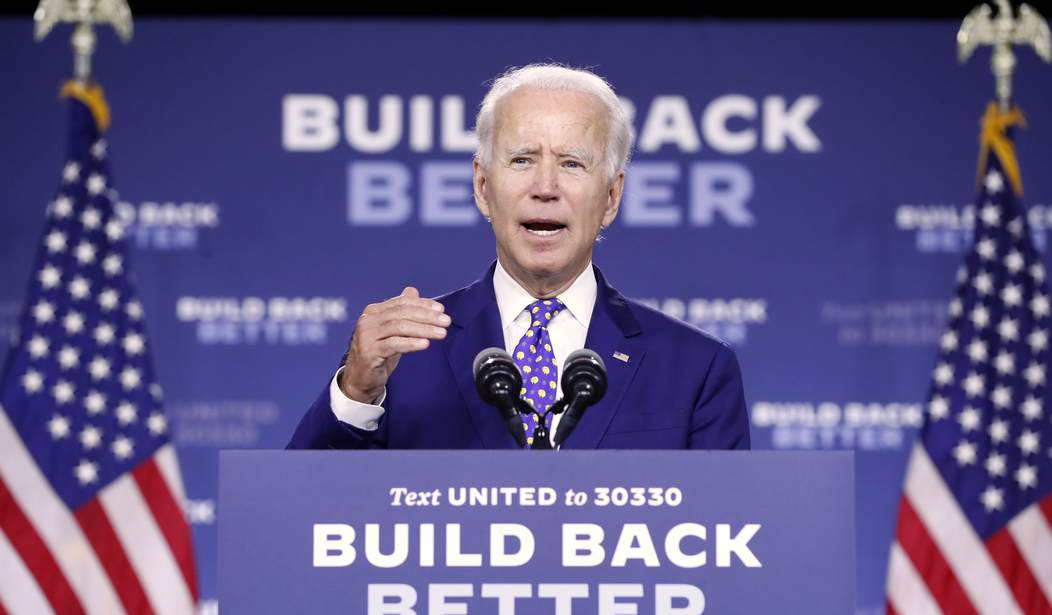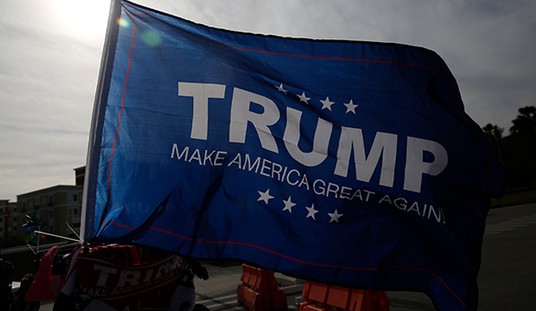Driven by the dubious desire to call everything “infrastructure,” the Biden administration and Congress are considering all sorts of bank-breaking ideas to “Build Back Better.” One proposal that has gotten plenty of airtime is a “green bank,” which is essentially a taxpayer-backed lending operation for projects such as wind turbines and solar panels. Supporters claim that the idea would cost a negligible sum since the government would be doling out loans instead of grants. But in reality, the government is a horrible judge of which projects “deserve” to be funded and which should stay on the sidelines. If lawmakers really want to rebuild America, they should examine ways to remove barriers to private lending and investment. “Green” government lending is simply corporate welfare masquerading as innovative financing.
While plenty about the infrastructure bill remains in flux, there are some encouraging signs that the two parties in power are listening to each other. Republicans are successfully pushing to keep tax hikes off the table, focus spending on core infrastructure priorities (e.g., roads and bridges), and get electric vehicle owners to pay their fair share for road wear-and-tear. All of these hard-fought gains can be undone, though, if lawmakers manage to sneak seed funding for a green bank into the final package. This trendy idea could wind up being sold in a variety of ways, including as a non-profit divorced from the federal government. But, once $30 billion worth of taxpayer dollars gets entangled in the decision-making process, the endeavor effectively becomes a government operation. Much like the healthcare “public option” proposed at various points over the years, all the rhetorical wrapping in the world cannot transform a taxpayer-funded operation into a private or non-profit initiative.
Dispersing dollars via loans and leveraged private funds need not end in disaster if the lender in question is competent and guided by the right incentives. Even if “green” loans are a fairly new idea, experience with government grants shows that the federal policymakers fail at parsing out profit. For example, the Department of Energy’s Advanced Research Projects Agency-Energy (ARPA-E) program has a poor track record in finding and funding the next great “green” idea.
Recommended
A study conducted in 2017 by the National Academies of Sciences, Engineering, and Medicine provides patent and investment statistics, as well as case studies, on these DOE endeavors. The authors find that of all DOE research programs, ARPA-E-funded projects lead the pack in generating follow-up research. The catch is that all of the ARPA-E projects have been lackluster. The analysis finds that “recipients of 44 percent of ARPA-E awards published at least once, compared with the Office of Science and EERE at 27 percent and 18 percent of awards, respectively.”
The authors choose to focus on ARPA-E awardees’ relative success in publishing their results. But, the inability of most awardees in any program to publish should be concerning to taxpayers. And subsequent outcomes are hardly encouraging. Nearly three-quarters of ARPA-E projects designated as “completed” have no market engagement whatsoever — no private funding or company formed around the research. And even that figure is probably excessively kind because the academics (somewhat shadily) include in their definition of “company formation” recipients who had founded firms prior to receiving ARPA-E funding.
In theory, it could be the case that “green banking” is more successful than traditional government grants due to a more innovative financing model. It’s important to remember, though, that failed government projects such as Solyndra started out as loans. And states such as New York and Connecticut have already been experimenting with green banking, but the results do not appear promising. According to a 2020 finance report by the American Green Bank Consortium and the Coalition for Green Capital, the majority of green bank investments center around “community solar” projects and nonprofit clean electricity/energy efficiency endeavors. This funding structure is perplexing given that large-scale commercial endeavors are far more cost-effective in delivering “green” energy to consumers.
Consumers ultimately need access to a variety of energy sources ranging from solar to natural gas. Regardless of the source, private investors and lenders are better than governmental institutions at finding the cheapest and most effective way to keep the lights on and drive innovation. A “green bank” would be a boondoggle for taxpayers and consumers and a boon to special interests.
Ross Marchand is a senior fellow for the Taxpayers Protection Alliance.























Join the conversation as a VIP Member